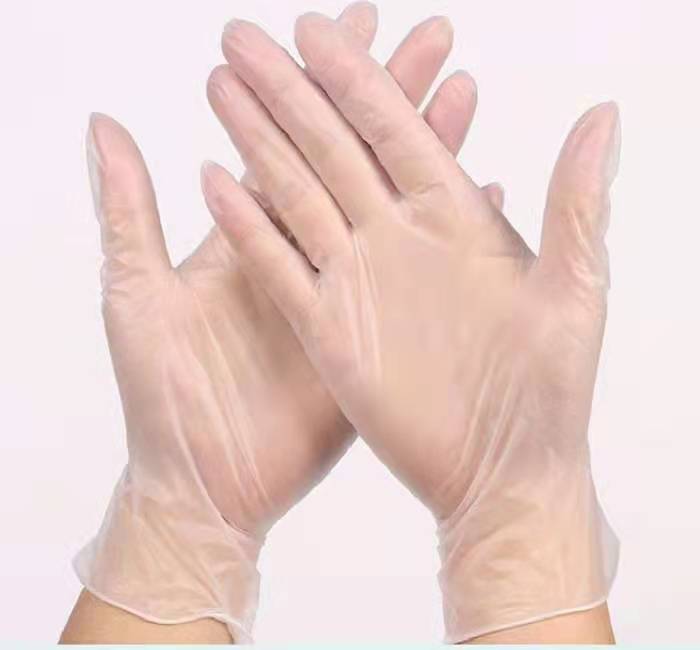Understanding the Characteristics and Market of PVC Gloves
1. Close Fit to Fingers
PVC gloves are made of soft material, allowing them to closely conform to the skin when worn. This feature enables flexible hand movements, making them suitable for industries like electronics manufacturing. In addition to being anti-static, PVC gloves do not hinder the handling of precision components, thereby improving work efficiency.
2. Stable Physical and Chemical Properties
Since PVC gloves are often used in medical, food manufacturing, and other industries, factory operators strictly control product quality. The production process is mature and involves rigorous training and quality inspections to ensure consistent glove dimensions, uniform thickness, and stable chemical properties.
3. Easy to Clean and Store
PVC gloves used for cleaning purposes can be rinsed to remove surface dust after use. They should be stored in a dry, ventilated place, where their protective performance will remain unaffected within the shelf life.
4. Cost Advantage
PVC gloves are primarily made from PVC paste resin, plasticizers, stabilizers, viscosity reducers, PU, and softened water through a series of manufacturing processes. Compared to other materials (such as nitrile or latex gloves), PVC gloves have lower production costs, making them more affordable and widely used in food processing, catering services, household cleaning, and other fields.

PVC Glove Production Process
- Raw Material Preparation
The quality of raw materials directly determines the production quality of gloves, making the formulation crucial. The main raw material for PVC gloves is PVC paste resin, which is thoroughly mixed with plasticizers, stabilizers, viscosity reducers, and other additives in specific proportions without allowing bubbles to form. Below are the functions of some chemical additives:
Plasticizers: Increase the flexibility and elasticity of gloves, preventing breakage during use.
Stabilizers: Prevent thermal decomposition and aging of gloves during use.
Viscosity reducers: Lower the viscosity of the glove slurry for easier dipping in subsequent processes.
- Dipping and Molding
The thoroughly cleaned hand molds are dipped into the prepared PVC slurry. This process requires precise control of temperature, dipping time, and speed, as these factors directly determine the thickness and uniformity of the gloves. A preliminary PVC film forms on the surface of the molds.
- Curing and Drying
The molds coated with slurry pass through a curing oven (typically at 150–200°C) to solidify the film into gloves with a certain strength and toughness. They are then dried to remove residual moisture and solvents, enhancing glove performance.
- Demolding and Packaging
After drying, the gloves go through a demolding machine. The stripped gloves are then packaged. Medical-grade PVC gloves require sterilization using ethylene oxide or irradiation, while industrial-grade gloves are boxed and prepared for shipment.
Development Trends and Challenges in the PVC Glove Industry
China is a major producer of PVC gloves and a key global supplier. However, while opportunities exist, challenges also arise. The PVC glove market is highly competitive, with manufacturers facing not only price wars and supply chain competition but also industry demands for material improvements. As a result, the development of eco-friendly PVC gloves has become a hotspot.
With increasing environmental awareness, people are seeking more biodegradable additives. Some regions have imposed restrictions on certain additives, forcing manufacturers to find safer and more environmentally friendly alternatives.
In the future, the PVC glove market is expected to experience continuous improvements in product quality and cost-effectiveness, resulting in the development of more satisfactory PVC glove products.




